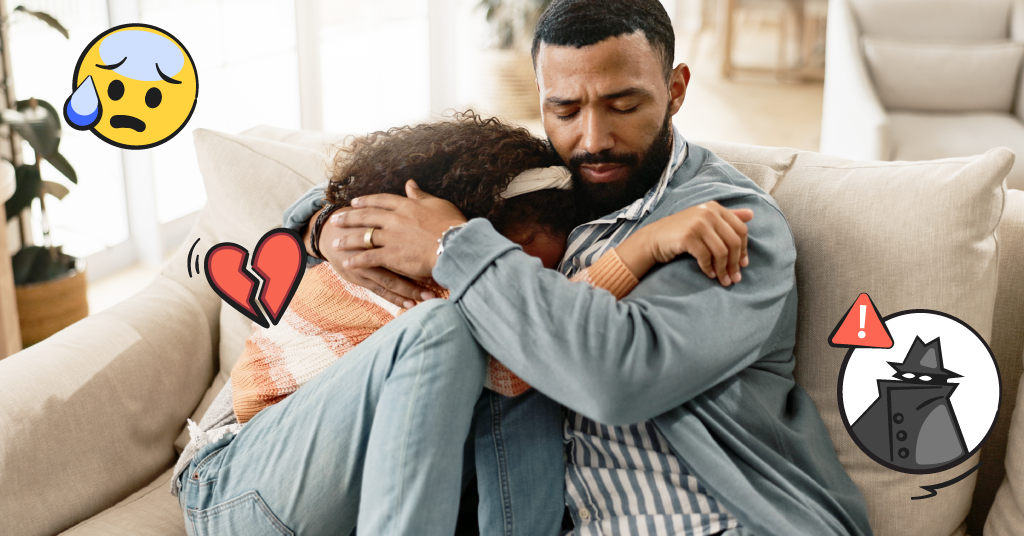
Welcome to part 1 of our three-part series on how to talk to your kids about Bark (and using a monitoring service in general). In this series you'll find talking points, example conversation starters, and actions to take based on your child's age. Today our focus is on how to talk to younger children, ages 6 to 9 years old, about what Bark is and why your family chooses to use it. If you haven't already signed up for Bark, head here and get set up in under 5 minutes.
Most children receive devices and access to the internet between the ages of 6 and 9. It is important to emphasize the positive aspects of using online resources, but also let them know that there are “tricky people” online. Your goal is to serve as a trusted resource for them in navigating this exciting, techy new world. Explain that you are always there to talk to them about anything they encounter, no matter how troublesome or confusing it may be, and your number one job in life is to keep them safe - both IRL (in real life) and online. We urge you to not underestimate the importance of having these repeated conversations with your children about both the benefits and drawbacks of technology. You will not regret sitting down to talk to your kids about the dangers that exist online.
Start With An Example That Is Relatable
You can say something like, “Hey, so, I was reading about a creepy dude who was pretending to be a kid and message other kids online. But he was really a grown-up trying to be tricky. Can you believe that?" or "I heard a story about a group of children teasing a fellow classmate online. It made him feel really bad and he ended up not going back to that school. Have you ever heard of anything like that?" Opening up the conversation to real-life experiences helps your children feel like they are in a safe space for discussion. Bottom line to convey: Some kids have tricky people who are mean to them online. I want to keep you safe, so I am going to use an app on your device that lets me know when people are being tricky.
Reinforce It’s Your Job To Keep Them Safe
Explain that one of the ways you are keeping them safe from tricky people online is using a tool that alerts you when a problem happens. Let them know that when you get an alert you will discuss it with them and figure out how to respond to the issue together. By working together with your child, you empower them to become responsible digital natives and build trust so they come to you with any issues they experience on the internet.
An example conversation starter would be, “I want you to have a fun time using your phone and the computer, but I also know that there are things online that you may come across that are not fun. Sometimes tricky people send messages that may make you feel scared or weird. When that happens come tell me right away. I am also going to use an app called Bark that lets me know when people are being tricky. You are not in trouble, I need to know these things so we can talk about them and work together on how to respond.”
You Trust Them, But Not Everyone Else
Let them know that you trust them, but you do not trust the “tricky people” on the internet. You can begin with an analogy, “You know how you are not to go to the playground by yourself because there are tricky people at playgrounds who are not nice? There are also tricky people on the internet who are not nice to kids. I’m going to use Bark to help me know when there are tricky people online.” This reinforces that you are their safety net when they deal with tricky people in real life and online, and helps build trust with your child. In combination, you + your child + Bark are a force to be reckoned with.
Actions To Take
- Timing is everything – make sure you are not in a hurry when you have these conversations and that no one is having a rough day.
- Sit down with your child and set up with them, adding the device(s) they use, their email, and any social media accounts they have.
- Start a technology contract that will grow and evolve based on your family’s internet rules and digital citizenship expectations.
Give Us Feedback
Our job is to keep your children safer online. We are your partner in this digital parenting space! Please always let us know how we can help by emailing us: help@bark.us.
Read more
Bark helps families manage and protect their children’s digital lives.





